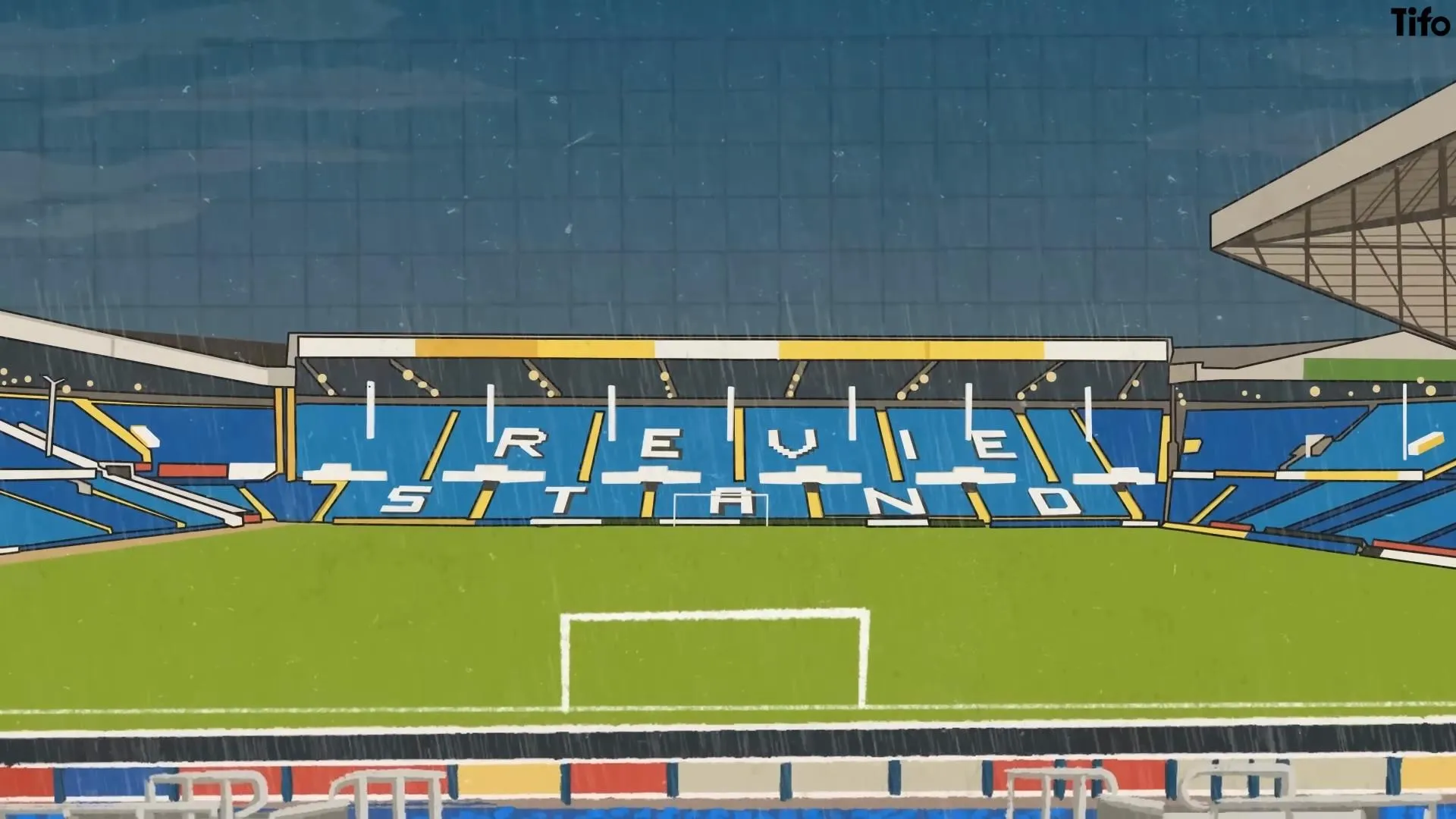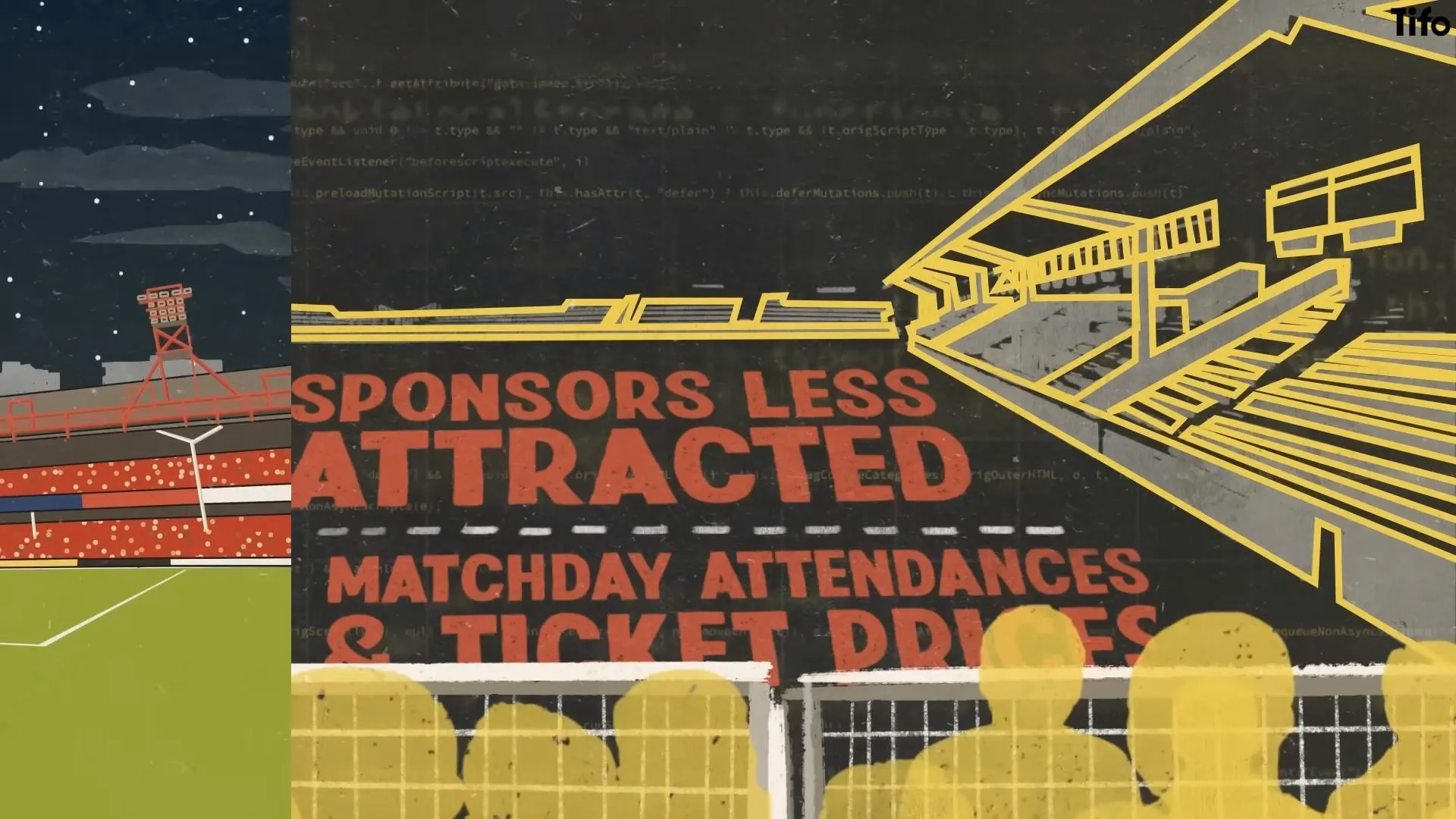Premier League relegation is a daunting prospect for any football club, and the consequences are far-reaching. What does relegation mean for a club’s financial health? How does it affect their revenue, player wages, and overall stability? In this article, we will delve into the harsh realities of relegation, exploring the financial ramifications that clubs face when they drop from the Premier League to the Championship. Understanding these impacts is crucial for fans and stakeholders alike, as the stakes have never been higher in modern football.
As clubs battle to avoid the drop, it’s essential to grasp the magnitude of the situation. Can a club recover from relegation? What measures do they implement to weather the storm? Let’s break down the financial implications of relegation using real club examples and statistical data. This analysis will illuminate why relegation is feared by clubs and their supporters.
Understanding Premier League Relegation: Financial Impacts on Clubs
When a club faces Premier League relegation, the financial impact can be catastrophic. Typically, relegated clubs experience revenue reductions of 50% to 70% in the following season. For instance, Fulham saw a staggering 58% drop in revenue during the 2019-2020 season post-relegation. Norwich and Watford also faced similar declines, with revenues decreasing by approximately 52% the subsequent season.
The Role of Broadcasting Revenue
The primary driver of these significant revenue drops is the loss of broadcasting revenue. Premier League clubs, on average, earn around £125 million from broadcasting rights. However, relegated clubs only manage to secure between £100 million and £110 million in their last season. In stark contrast, clubs in the Championship earn a mere £5 to £6 million on average. This drastic difference highlights the financial chasm that relegation creates.
Parachute Payments: A Temporary Lifeline
Despite the severe revenue drop, relegated clubs receive “parachute payments” from the Premier League, which provide some financial relief. In the first year after relegation, clubs receive 55% of their previous season’s broadcasting revenue. This percentage decreases to 45% in the second year and around 20% in the third year. For clubs that are promoted and relegated immediately, these payments are only available for the first two years, making financial planning even more critical.
Wages and Player Turnover: The Human Cost of Relegation
Another aspect of Premier League relegation that compounds the financial woes is the effect on player wages. Most Premier League clubs maintain high wage bills to attract top talent, which creates a precarious situation upon relegation. For example, Everton’s wage bill has consistently hovered between 90% to 95% of their revenue. If they were to be relegated, the resulting 50% to 70% revenue decline would make their wage expenditure unsustainable.
The Fire Sale: Reducing the Wage Bill
Relegation often forces clubs into a “fire sale” of players, leading to significant personnel changes. West Ham, after their relegation in the 2002-2003 season, lost several key players due to expired contracts or below-market-value sales. Moreover, players may seek transfers themselves, either due to relegation clauses in their contracts or the desire to play at a higher competitive level.
Transfer Effectiveness: A Diminished Market
With clubs in desperate need to offload players to reduce wage bills, the transfer market becomes less favorable. Clubs seldom achieve fair market value for their assets during these distress sales. The challenge of maintaining a competitive squad while managing financial constraints makes recovery from relegation particularly challenging.
Debt and Financial Leverage: The Hidden Dangers of Relegation
The impact of relegation on debt levels cannot be overlooked. A notable case is Leeds United’s relegation in 2004, which led to a financial crisis that is still referenced today as “doing a Leeds.” Their journey from Champions League contenders to financial ruin serves as a cautionary tale for clubs operating with high levels of debt. Leeds’ debt skyrocketed from £9 million to an astonishing £119 million before their relegation, forcing the sale of key players at below-market prices.
Long-Term Consequences: A Struggle for Stability
The repercussions of relegation extend beyond immediate financial losses. Clubs may face prolonged struggles, including multiple ownership changes and severe penalties. Leeds, for instance, endured a 15-point deduction and relegation to League One, illustrating how financial mismanagement can lead to a cycle of hardship.
Key Financial Indicators Affected by Relegation
In summary, the key financial indicators that suffer from Premier League relegation include:
- Revenue: A typical 50% to 70% decline
- Wages: Unsustainable wage bills leading to player sales
- Debt: Increased financial burdens and potential insolvency
- Transfer Effectiveness: Loss of player value and market competitiveness

Key Takeaways about Premier League Relegation
Understanding the financial implications of Premier League relegation is crucial for anyone involved in football, from fans to investors. The potential for a drastic revenue decline, unsustainable wage burdens, and mounting debt makes relegation a nightmare scenario. Clubs must navigate these treacherous waters with caution and strategic foresight.
The Importance of Strategic Planning
Clubs need to develop robust financial strategies to mitigate the risks associated with relegation. This includes prudent financial management, effective recruitment, and a focus on sustainable growth. Having a plan in place can help clubs bounce back more effectively after a relegation spell.
Relegation Specialists: The Managers’ Role
Managers like Sean Dyche and Sam Allardyce, known as “relegation specialists,” are often sought after during this critical time. Their experience and tactical knowledge can be invaluable in helping clubs avoid the drop or recover from it.

Conclusion: The Long Shadow of Premier League Relegation
The harsh reality of relegation in the Premier League is that it can severely cripple a club’s financial health and long-term viability. With revenue drops, rising debts, and player turnover, clubs face an uphill battle to restore their status. Understanding these dynamics is essential for fans, stakeholders, and aspiring clubs. The fear of relegation is not merely about losing a place in the league; it’s about safeguarding the future of the club. As the battle for survival continues, the implications of relegation will remain a critical focus in the world of football.
